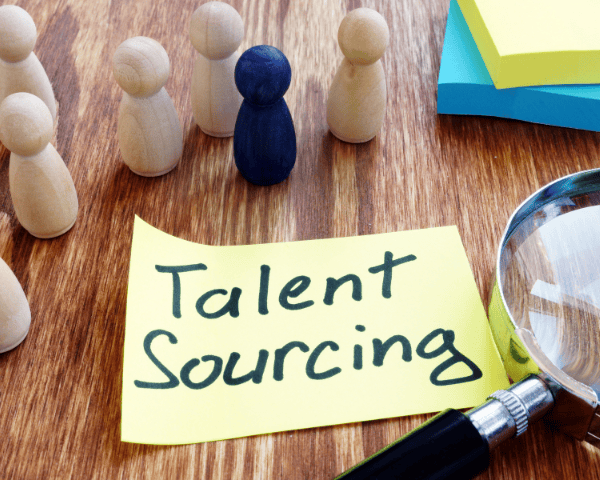

Navigating the complexities of international procurement can be challenging, especially when dealing with specialized items like laboratory consumables. With China being a major hub for such products, understanding the intricacies of purchasing from this market is crucial. Here are ten essential tips to help you make informed decisions and avoid common pitfalls when sourcing lab consumables from China.
Introduction
Purchasing lab consumables from China offers a cost-effective solution, but it can be daunting if you’re unfamiliar with the process. This guide provides ten vital tips to help you streamline your procurement and ensure quality and reliability in your lab supplies.
Answer Section
To successfully purchase lab consumables from China, understand the market, verify supplier credibility, and ensure product quality by following these 10 tips.
1. Research and Understand the Market
- Know the Key Players: Familiarize yourself with the top manufacturers and suppliers of lab consumables in China. Companies like Mastelf are known for their high-quality HPLC vials and other lab supplies.
- Market Trends: Stay updated on the latest trends and technologies in the lab consumables market to make informed purchasing decisions.
2. Verify Supplier Credibility
- Check Certifications: Ensure that the suppliers have necessary certifications such as ISO 9001 for quality management systems.
- Read Reviews and Testimonials: Look for reviews and testimonials from other buyers to gauge the reliability and reputation of the supplier.
3. Understand Product Specifications
- Compatibility: Ensure the consumables are compatible with your equipment. For example, HPLC vials should be compatible with brands like Agilent, Waters, and Thermo Fisher.
- Material and Quality: Verify the materials used and quality standards. High-quality borosilicate glass is often preferred for HPLC vials.
4. Request Samples Before Bulk Orders
- Test for Quality: Always request samples to test the quality of the products before placing a large order.
- Evaluate Consistency: Check the consistency in quality and specifications in the samples received.
5. Negotiate Terms and Prices
- Bulk Discounts: Negotiate for bulk purchase discounts and ensure you get competitive pricing without compromising on quality.
- Payment Terms: Agree on favorable payment terms, such as paying a portion upfront and the balance upon delivery.
6. Understand Shipping and Logistics
- Incoterms: Familiarize yourself with International Commercial Terms (Incoterms) to understand the responsibilities of buyers and sellers in the shipping process.
- Shipping Partners: Choose reliable shipping partners who have experience in handling lab consumables and understand the necessary care during transit.
7. Be Aware of Customs Regulations
- Documentation: Ensure all required documentation is in order to avoid delays at customs. This includes invoices, packing lists, and certificates of origin.
- Import Duties: Be aware of any import duties and taxes applicable in your country. You can refer to the website for checking the tax: https://wmsw.mofcom.gov.cn/
8. Inspect Upon Arrival
- Quality Control: Inspect the products upon arrival to ensure they meet the agreed specifications and quality standards.
- Damage Claims: Immediately report any damages or discrepancies to the supplier for resolution.
9. Maintain Communication with Suppliers
- Regular Updates: Keep in regular contact with your suppliers to stay informed about production schedules and any potential delays.
- Feedback: Provide feedback on product quality and service to help suppliers improve and maintain high standards.
10. Plan for Future Orders
- Inventory Management: Maintain a buffer stock to avoid disruptions in your lab operations due to delays in future orders.
- Long-Term Relationships: Build long-term relationships with reliable suppliers to ensure consistent quality and supply.


Conclusion
By following these ten tips, you can confidently navigate the process of purchasing lab consumables from China, ensuring you get high-quality products at competitive prices. Establishing reliable supply chains and maintaining clear communication with suppliers are key to successful procurement. What challenges have you faced in sourcing lab consumables, and how did you overcome them?
This article provides 10 essential tips for purchasing laboratory consumables from China, ensuring quality and reliability while navigating the complexities of international procurement. It emphasizes the importance of researching the market, verifying supplier credibility, understanding product specifications, and requesting samples. Additionally, the article advises on negotiating terms, understanding shipping and customs regulations, inspecting products upon arrival, maintaining communication with suppliers, and planning for future orders. By following these guidelines, buyers can confidently source high-quality lab consumables at competitive prices, establishing reliable supply chains and avoiding common pitfalls.











